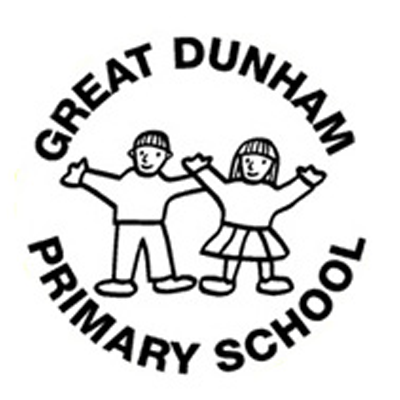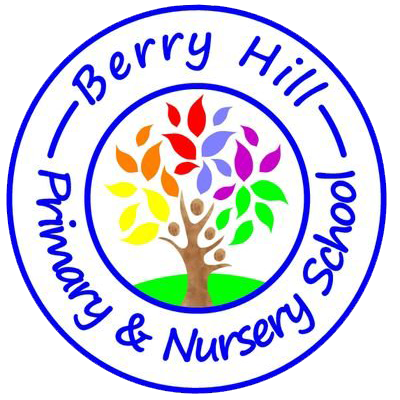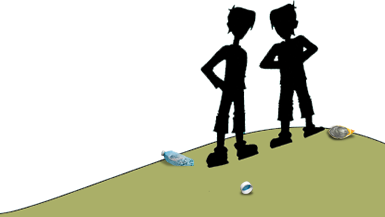Did you Know?
Plastic is an incredible example of human invention and innovation. It’s durable, flexible, lightweight, cheap to produce, and did we mention durable; seriously, some of it never biodegrades, ever. The fact that it is so durable is what makes it such a threat to the environment and all the animals in it (including humans).
According to a study done in 2018 the average person eats over 70,000 pieces of microplastic a year. That’s roughly 100 pieces of microplastic per meal (not exactly the seasoning you were expecting). Chemicals in plastic can be absorbed by the body as well—most people age six or older test positive for BPA (a plastic chemical). Most adult bodies can process the amount of BPA they are exposed to daily with no significant health effects, however children and fetuses are extremely susceptible to negative effects from BPA exposure. We do not yet know how this will affect our youth as they grow up.
Since the invention of plastic in the 1950s approximately 8.3 billion tonnes of plastic has been produced – the weight of roughly a billion elephants Of that plastic, only 9% has been recycled, 12% of that has been burned and the remaining 79% ends up in landfills and the environment.
Learn more about how you can help,
by recycling your waste!
Want to showcase your work below?

Inspired by Madge these are pieces of artwork made by pupils at Great Dunham Primary School in Norfolk from rubbish out of the recycling bin and scrap coloured paper.
They look fab! Well done all!
Thanks again for all your amazing Recycled images, they are fab!
It's amazing how we can make great things from items that usually go into the bin...well done!

A huge thank you, and congratulations to all the students at Berry Hill Primary school for sending through their fantastic recycling poems!
Thanks again for all your poems, they are fab!
Let's all keep up with the great recycling work, together we can make a difference!
As competition winner Annabelle says "you never know, it can start with you and me!"



 She had come from people’s imaginations and, struck by her colourfulness, I knew straight away I wanted to use mine to bring her to life for children.
She had come from people’s imaginations and, struck by her colourfulness, I knew straight away I wanted to use mine to bring her to life for children. 







